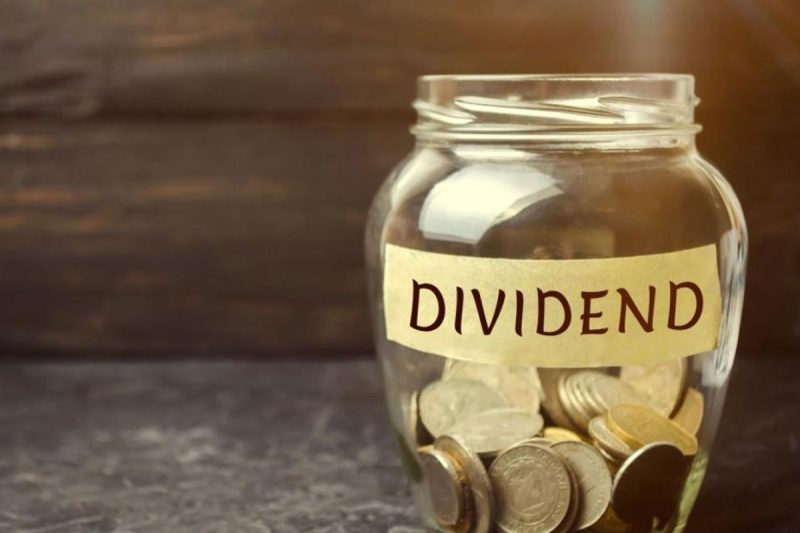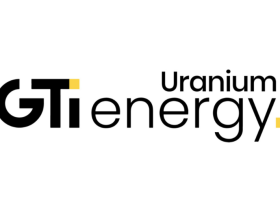Rising inflation has led central banks around the world, including the US Federal Reserve, to hike interest rates significantly since early 2022. Although a turnaround now seems closer, fears of a recession remain.
Investors may be wondering where they can ride out a recession-induced stock market storm. While many stocks may be a risky gamble, top-performing dividend stocks offer less volatility, higher returns and stable passive income.
What are dividend stocks?
Dividend stocks reward their shareholders with regular payments out of company earnings. These payouts may come quarterly, semi-annually or annually. The board of directors is responsible for setting the company’s dividend policy and for determining the size of the dividend payout based on the firm’s long-term revenue outlook.
The more shares an investor holds in a particular dividend stock, the higher the payment. If you own 100 shares of a stock paying an annual cash dividend of $3, you will receive $300 in annual dividends from that company.
Cash dividend payments are typically sent to shareholders through the investor’s brokerage account. However, companies may also pay out dividends by issuing stock (referred to as a stock dividend), or by offering discounts on stock purchases through dividend reinvestment programs (DRIPs).
Other dividend types include special dividends, which are one-time payments to holders of common stock that are paid out from a company’s accumulated profits; there are also preferred dividends, which are paid to holders of preferred stock on a quarterly basis at a fixed rate.
When declaring a dividend, an ex-dividend date is set based on stock exchange rules. This date determines whether or not shareholders in the company are eligible for the dividend payout.
Those shareholders that purchased stock before the ex-dividend date are entitled to the dividend. Conversely, if you purchased stock on or after the ex-dividend date, the seller will receive the payout and you will have to wait until the next declared dividend to reap the rewards of holding a dividend stock.
Pros and cons of investing in dividend stocks?
There are several advantages to dividend stocks, especially for those who prefer a long-term approach to investing.
As with any stock, dividend stocks have the potential to increase in value overtime. Stock dividends and DRIPs offer investors the opportunity to grow their holdings. Cash dividend stocks provide a steady flow of income that can be used to pay for a mortgage, vacations, healthcare or a child’s university tuition.
Another attractive feature of dividend stocks is the security they offer. Companies that are able to pay dividends are often well-managed firms with the ability to generate consistent revenues, even in the face of a volatile market.
Of course, dividend stocks are not without their downsides. One drawback is that dividend payments are subject to taxation, although the amount depends on factors such as where the company is based and what kind of account you hold the stock in. In the US, for example, you will be taxed less if your dividends are held in an IRA or a 401(k) plan, but if you receive your dividend payments through a brokerage account, that tax rate will be higher. Both the US and Canada have lowered taxes for dividends on American and Canadian companies, respectively, compared to foreign companies.
Another downside to dividend stocks is that when companies are doling out a portion of the profits to shareholders, less capital is being put back into growing the business. This means that dividend stocks have less potential to gain in value. For investors big on growth stocks, these might not be an ideal portfolio addition. There is also the risk that during a downturn in the markets, a company may be forced to pare down its dividend payments or suspend them entirely.
There are a number of important metrics typically available through online financial and brokerage websites that investors can use to evaluate whether or not a particular dividend stock is right for their portfolio. The three most useful metrics are the debt-to-equity ratio, the dividend yield and the dividend payout ratio.
What is debt-to-equity ratio?
The debt-to-equity ratio is used to evaluate a company’s financial health. It calculates the amount of total debt (including financial liabilities) that a company holds compared to total shareholder equity. Basically, it’s a measure of the extent to which a company can cover its debt.
In the context of dividend stocks, a high debt-to-equity ratio can threaten a company’s ability to maintain its dividend. Avoiding companies with a debt-to-equity ratio higher than two is a good rule of thumb.
What is dividend yield?
While the debt-to-equity ratio can be used to evaluate any stock, the dividend yield is a metric specific to evaluating dividend stocks. The dividend yield is a ratio in percentage form that represents the income paid out to shareholders compared to a company’s share price. This ratio changes in line with share price fluctuations and is calculated by dividing the annual dividend payment per share by the current share price.
Investors can use dividend yields to compare the investment value of a dividend stock with its peers in a given sector. “Dividend yield can help investors evaluate the potential profit for every dollar they invest, and judge the risks of investing in a particular company,” Business Insider states.
For example, let’s say Company A pays an annual dividend of $3 per share and is currently trading at $50, meaning it has a dividend yield of 6 percent. Company B also pays an annual dividend of $3 per share, but its current share price is $100, which is a 3 percent dividend yield. Company C pays a dividend of $4 per share and is trading at $40, giving it a dividend yield of 10 percent. If the average dividend yield for the sector is 5 percent, Company A is the better choice.
While Company C has a much higher yield, it’s out of line with the sector average and might be a signal that the company poses a greater investment risk. “While a high dividend yield may be appealing, it doesn’t necessarily mean a stock is a smart investment,” Investopedia states. “Overly high dividend yields may indicate that a company is struggling.”
Most financial advisors say investors should look for companies with dividend yields of between 2 and 6 percent.
Dividend yields move in the opposite direction of stock prices. In the example above, Company C was previously trading at $80 per share before a massive recall of its product was forecast to cost it millions of dollars in lost revenue, causing a massive selloff. Therefore, its ultra-high dividend yield is a negative signal to investors.
Conversely, a dividend yield of below 2 percent may be an indication that the company is more focused on growth and investing back into the business rather than sharing profits with stockholders.
The example of Company C is another reason why investors would be wise not to pick stocks based on one metric alone.
What is dividend payout ratio?
Let’s look at another important tool for evaluating dividend stocks: the dividend payout ratio. The dividend payout ratio helps investors measure the risk associated with a particular company’s dividend payment. The ratio is calculated by dividing total dividends by net income. It tells you how much of the company’s net income goes toward paying dividends.
If a company’s dividend payout ratio shows it is using all of its income to pay dividends, then its dividend program is likely not sustainable. The closer the ratio is to 100 percent, the more likely a company’s dividend program will be cut once the market cycles into a downturn. Nerd Wallet advises investors to rule out companies with dividend payout ratios of 80 percent or above, while Investopedia reports that companies with dividend payout ratios of less than 50 percent are “considered stable” and have “the potential for sustainable long-term earnings growth.”
Which stocks pay the highest dividends?
Investors looking for the most stable, reliable dividend stocks turn to dividend aristocrats. These are S&P 500 (INDEXSP:.INX) companies known for consistently increasing their dividends for at least 25 years. Dividend aristocrats come out of a broad range of industries, such as energy, pharmaceuticals, consumer goods, technology, precious metals mining, financial services and automotive. Some of the best-performing dividend aristocrats in recent years include:
Are dividend aristocrat stocks good investments?
It should be noted that even dividend aristocrats are not entirely immune from the havoc a recession can wreak on a company’s financial health.
“Of the 60 dividend aristocrats that existed in 2007, 16 of them cut or suspended their dividends during the financial crisis,” notes Simply Safe Dividends, which offers the Dividend Safety Score system alongside a suite of portfolio-tracking tools. “While bank stocks accounted for the majority of those cuts, it’s never easy to predict which sector will experience the next shock.”
During the economic shock induced by the COVID-19 pandemic in 2020, 25 percent of the companies covered by Simply Safe Dividend’s Dividend Safety Score cut their dividends.
Choosing to invest in a dividend stock generally comes down to your risk tolerance. The best way to mitigate your risk of losing money by investing in a dividend stock is to perform adequate due diligence.
Securities Disclosure: I, Melissa Pistilli, hold no direct investment interest in any company mentioned in this article.





